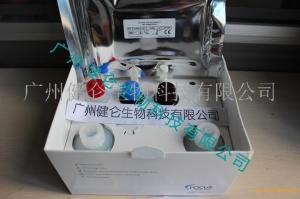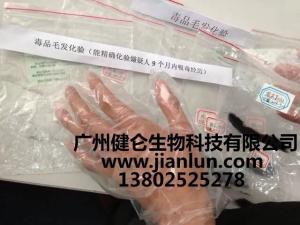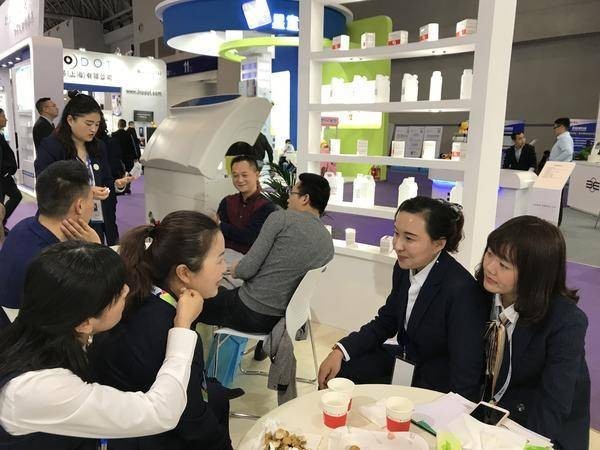


|



| 产地 | 英国进口 |
| 品牌 | 英国 |
| 货号 | |
| 保存条件 | 2-8℃ |
| 英文名称 | (Import) fever stains suspension |
| 保质期 | 2年个月 |
| 染色菌悬液 | |
| 染色菌悬液包装为5ml/小瓶 | |
| 中文名称及用途 | 英文名称 |
| 布鲁氏菌 | Brucella |
| 热病抗原的染色菌悬液,用于检测、鉴定和定量血清中的布鲁氏菌特异性抗体 | |
| 流产布鲁氏菌 | Brucella abortus |
| 羊种布鲁氏菌 | Brucella melitensis |
| 热病阴性对照(2ml) | Febrile Negative Control (2ml) |
| 可与所有的染色菌悬液配合使用 | |
| 变形杆菌 | Proteus |
| 热病抗原染色菌悬液,用于检测、鉴定和量化血清中的立克次体抗体(某些变形菌与某些立克次体共用一部分抗原) | |
| 变形杆菌OX2 | Proteus OX2 |
| 变形杆菌OX19 | Proteus OX19 |
| 变形杆菌OXK | Proteus OXK |
| 热病阴性对照(2ml) | Febrile Negative Control (2ml) |
| 可与所有的染色菌悬液配合使用 | |
| 沙门氏菌 | Salmonella |
| 热病抗原的染色菌悬液,用于检测、鉴定和量化血清中的沙门氏菌特异性抗体 | |
| 肠炎沙门氏菌H(g,m) | Salmonella Enteritidis H (g,m) |
| 新港沙门氏菌H sp(e,h) | Salmonella Newport H sp (e,h) |
| 沙门氏菌(1,2,5) | Salmonella non-sp. (1,2,5) |
| 副伤寒沙门氏菌 A-H (a) | Salmonella Paratyphi A-H (a) |
| 副伤寒沙门氏菌 A-O (1,2,12) | Salmonella Paratyphi A-O (1,2,12) |
| 副伤寒沙门氏菌 B-H (b) | Salmonella Paratyphi B-H (b) |
| 副伤寒沙门氏菌 B-O (1,4,5,12) | Salmonella Paratyphi B-O (1,4,5,12) |
| 副伤寒沙门氏菌 C-H ( c ) | Salmonella Paratyphi C-H ( c ) |
| 伤寒沙门氏菌 H (d) | Salmonella Typhi H (d) |
| 伤寒沙门氏菌 O (D群) (9,12) | Salmonella Typhi O (Group D) (9,12) |
| 伤寒沙门氏菌 Vi | Salmonella Typhi Vi |
| 鼠伤寒沙门氏菌H (i) | Salmonella Typhimurium H (i) |
| 热病阴性对照(2ml) | Febrile Negative Control (2ml) |
| 可与所有的染色菌悬液配合使用 | |
| 热病阳性对照(2ml) | Febrile Positive Control (2ml) |
| 与a,b,c,d群沙门氏菌染色菌悬液配合使用 | |
| 伤寒沙门氏菌 Vi标准抗血清 | Salmonella Typhi Vi Standard Serum |
| 与伤寒沙门氏菌Vi染色菌悬液配合使用对凝集检测进行标准化。冻干管,重新溶至4ml。 |


Common staining methods include simple staining, negative staining, gram staining, spore staining, flagellar staining, decidua staining, and life-saving staining. Preparation of bacterial stained tablets generally go through smears, fixation, staining, washing, drying, and other steps, and then use a microscope and even oil mirror observation.
Simple staining:
Different bacteria or because of the observer's focus on different observations, so there are differences in the use of dyes, but the method of simple staining is the same. First, according to the above-mentioned production method to make tablets, after making slides that need to be observed, use the corresponding dyes to be added to the pellicle membrane area on the slides to cover the pellicles. According to the requirements of different dyes, the dyeing time is determined in conjunction with the observed contents, and the steps of water washing and drying are performed when the dyeing time arrives. The resulting glass slides are covered with coverslips for microscopic examination. If necessary, subsequent sealing process such as oil seal and wax seal can be performed.
Negative staining:
It is very easy to prepare observation pictures, but it is still difficult for beginners to find the target bacteria in the slides, because bacteria are often colorless, transparent and relatively small, so for beginners, unless the aperture, etc. Very fine adjustment, otherwise it is difficult to observe the target bacteria, so negative staining is very important. In this method, microorganisms are mixed with nigrosine or india ink, and then the mixture is covered on the surface of the glass slide. Since these two natural black dyes cannot infiltrate into microbial cells, transparent individual microorganisms are easily observed under a black background. There are two common methods of negative staining. The first method is more common. Microorganisms are mixed with alanine black on a glass slide and the mixture is evenly covered on the original glass slide with another glass slide. The purpose of this method is to make the mixture thick on one side of the glass slide, and the area of interest in the middle of the thick and thin is the best viewing area.